The Uxntal Opcode Reference
| INC2r | |||||||
|---|---|---|---|---|---|---|---|
| k | r | 2 | opcode | ||||
| 0 | 1 | 1 | 0 | 0 | 0 | 0 | 1 |
This documentation includes hand gestures, and glyphs, which might serve a dual purpose; both enabling the usage of Uxntal outside of the computer, as well as to help students to familiarize themselves with hexadecimal finger-counting and bitwise operations.
| 00 | 01 | 02 | 03 | 04 | 05 | 06 | 07 | 08 | 09 | 0a | 0b | 0c | 0d | 0e | 0f | |
|---|---|---|---|---|---|---|---|---|---|---|---|---|---|---|---|---|
| 00 | BRK | INC | POP | NIP | SWP | ROT | DUP | OVR | EQU | NEQ | GTH | LTH | JMP | JCN | JSR | STH |
| 10 | LDZ | STZ | LDR | STR | LDA | STA | DEI | DEO | ADD | SUB | MUL | DIV | AND | ORA | EOR | SFT |
| 20 | JCI | INC2 | POP2 | NIP2 | SWP2 | ROT2 | DUP2 | OVR2 | EQU2 | NEQ2 | GTH2 | LTH2 | JMP2 | JCN2 | JSR2 | STH2 |
| 30 | LDZ2 | STZ2 | LDR2 | STR2 | LDA2 | STA2 | DEI2 | DEO2 | ADD2 | SUB2 | MUL2 | DIV2 | AND2 | ORA2 | EOR2 | SFT2 |
| 40 | JMI | INCr | POPr | NIPr | SWPr | ROTr | DUPr | OVRr | EQUr | NEQr | GTHr | LTHr | JMPr | JCNr | JSRr | STHr |
| 50 | LDZr | STZr | LDRr | STRr | LDAr | STAr | DEIr | DEOr | ADDr | SUBr | MULr | DIVr | ANDr | ORAr | EORr | SFTr |
| 60 | JSI | INC2r | POP2r | NIP2r | SWP2r | ROT2r | DUP2r | OVR2r | EQU2r | NEQ2r | GTH2r | LTH2r | JMP2r | JCN2r | JSR2r | STH2r |
| 70 | LDZ2r | STZ2r | LDR2r | STR2r | LDA2r | STA2r | DEI2r | DEO2r | ADD2r | SUB2r | MUL2r | DIV2r | AND2r | ORA2r | EOR2r | SFT2r |
| 80 | LIT | INCk | POPk | NIPk | SWPk | ROTk | DUPk | OVRk | EQUk | NEQk | GTHk | LTHk | JMPk | JCNk | JSRk | STHk |
| 90 | LDZk | STZk | LDRk | STRk | LDAk | STAk | DEIk | DEOk | ADDk | SUBk | MULk | DIVk | ANDk | ORAk | EORk | SFTk |
| a0 | LIT2 | INC2k | POP2k | NIP2k | SWP2k | ROT2k | DUP2k | OVR2k | EQU2k | NEQ2k | GTH2k | LTH2k | JMP2k | JCN2k | JSR2k | STH2k |
| b0 | LDZ2k | STZ2k | LDR2k | STR2k | LDA2k | STA2k | DEI2k | DEO2k | ADD2k | SUB2k | MUL2k | DIV2k | AND2k | ORA2k | EOR2k | SFT2k |
| c0 | LITr | INCkr | POPkr | NIPkr | SWPkr | ROTkr | DUPkr | OVRkr | EQUkr | NEQkr | GTHkr | LTHkr | JMPkr | JCNkr | JSRkr | STHkr |
| d0 | LDZkr | STZkr | LDRkr | STRkr | LDAkr | STAkr | DEIkr | DEOkr | ADDkr | SUBkr | MULkr | DIVkr | ANDkr | ORAkr | EORkr | SFTkr |
| e0 | LIT2r | INC2kr | POP2kr | NIP2kr | SWP2kr | ROT2kr | DUP2kr | OVR2kr | EQU2kr | NEQ2kr | GTH2kr | LTH2kr | JMP2kr | JCN2kr | JSR2kr | STH2kr |
| f0 | LDZ2kr | STZ2kr | LDR2kr | STR2kr | LDA2kr | STA2kr | DEI2kr | DEO2kr | ADD2kr | SUB2kr | MUL2kr | DIV2kr | AND2kr | ORA2kr | EOR2kr | SFT2kr |
- In the a b -- c d notation, "a b" represent the state of the stack before the operation, "c d" represent the state after the operation, with "b" and "d" on top of the stack, respectively.
- The PC, or program counter, is the location in memory right after the reading of an opcode. Immediate opcodes will have an offset equal to the length of the data stored immediately after the opcode.
Break

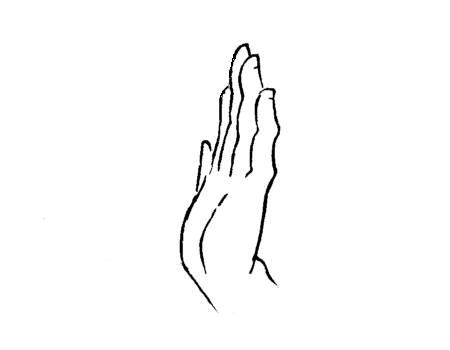
BRK -- Ends the evalutation of the current vector. This opcode has no modes.
Jump Conditional Immediate
JCI cond8 -- Pops a byte from the working stack and if it is not zero, moves the PC to a relative address at a distance equal to the next short in memory, otherwise moves PC+2. This opcode has no modes.
#0a DUP ?label INC @label ( 0a )
#0a #01 ?{ INC } ( 0a )
#0a #00 ?{ INC } ( 0b )
Jump Immediate
JMI -- Moves the PC to a relative address at a distance equal to the next short in memory. This opcode has no modes.
#0a !label INC @label ( 0a )
#0a !{ INC } ( 0a )
Jump Stash Return Immediate
JSI -- Pushes PC+2 to the return-stack and moves the PC to a relative address at a distance equal to the next short in memory. A plain label name resolves to a JSI operation. This opcode has no modes.
#07 #04 modulo BRK ( 03 ) @modulo ( a mod -- res ) DIVk MUL SUB JMP2r
Literal

LIT -- a
Pushes the next bytes in memory, and moves the PC forward by the same number of bytes (i.e: 1 byte if short mode is off or 2 bytes if it is on). The LIT opcode always has the keep mode active. Notice how the 0x00 opcode, with the keep bit toggled, is the location of the literal opcodes.
LIT 12 ( 12 ) LIT2 abcd ( ab cd )
Increment

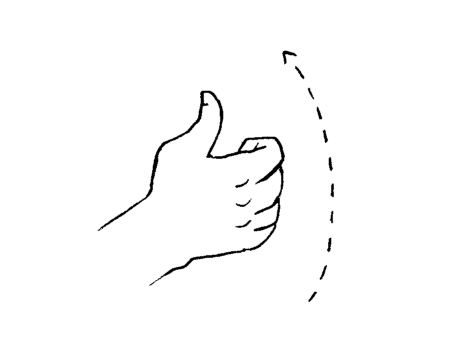
INC a -- a+1 Increments the value at the top of the stack, by 1.
#01 INC ( 02 ) #0001 INC2 ( 00 02 ) #0001 INC2k ( 00 01 00 02 )
Pop

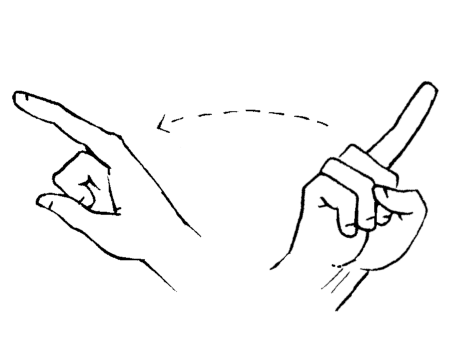
POP a -- Removes the value at the top of the stack. POPk is the canonical NOP.
#1234 POP ( 12 ) #1234 POP2 ( ) #1234 POP2k ( 12 34 )
Nip

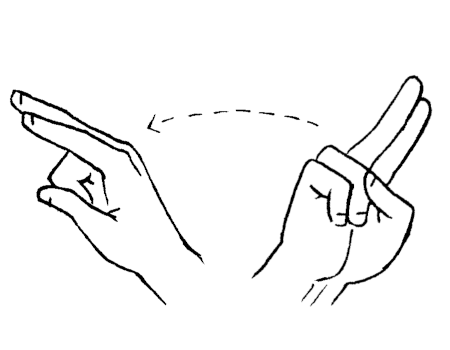
NIP a b -- b Removes the second value from the stack. This is practical to truncate a short into a byte.
#1234 NIP ( 34 ) #1234 #5678 NIP2 ( 56 78 ) #1234 #5678 NIP2k ( 12 34 56 78 56 78 )
Swap


SWP a b -- b a Exchanges the first and second values at the top of the stack.
#1234 SWP ( 34 12 ) #1234 SWPk ( 12 34 34 12 ) #1234 #5678 SWP2 ( 56 78 12 34 ) #1234 #5678 SWP2k ( 12 34 56 78 56 78 12 34 )
Rotate

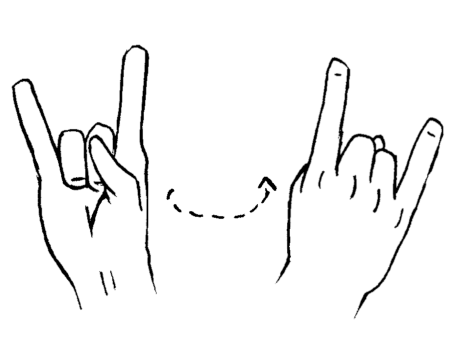
ROT a b c -- b c a Rotates three values at the top of the stack, to the left, wrapping around.
#1234 #56 ROT ( 34 56 12 ) #1234 #56 ROTk ( 12 34 56 34 56 12 ) #1234 #5678 #9abc ROT2 ( 56 78 9a bc 12 34 ) #1234 #5678 #9abc ROT2k ( 12 34 56 78 9a bc 56 78 9a bc 12 34 )
Duplicate

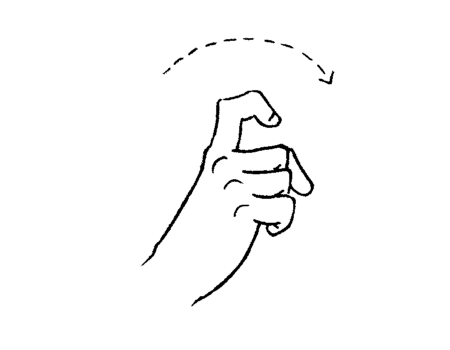
DUP a -- a a Duplicates the value at the top of the stack.
#1234 DUP ( 12 34 34 ) #12 DUPk ( 12 12 12 ) #1234 DUP2 ( 12 34 12 34 )
Over

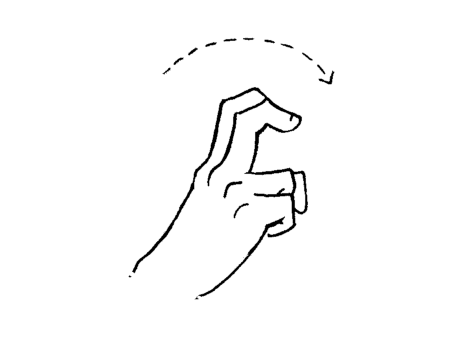
OVR a b -- a b a Duplicates the second value at the top of the stack.
#1234 OVR ( 12 34 12 ) #1234 OVRk ( 12 34 12 34 12 ) #1234 #5678 OVR2 ( 12 34 56 78 12 34 ) #1234 #5678 OVR2k ( 12 34 56 78 12 34 56 78 12 34 )
Equal

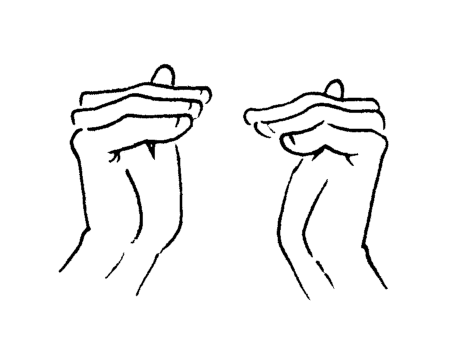
EQU a b -- bool8 Pushes 01 to the stack if the two values at the top of the stack are equal, 00 otherwise.
#1212 EQU ( 01 ) #1234 EQUk ( 12 34 00 ) #abcd #ef01 EQU2 ( 00 ) #abcd #abcd EQU2k ( ab cd ab cd 01 )
Not Equal

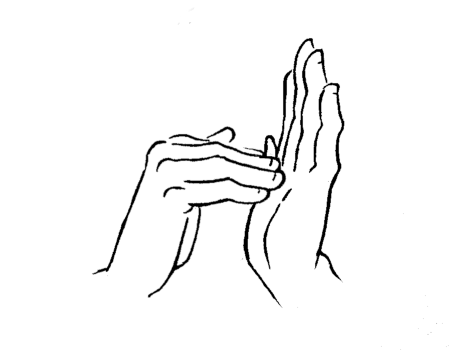
NEQ a b -- bool8 Pushes 01 to the stack if the two values at the top of the stack are not equal, 00 otherwise.
#1212 NEQ ( 00 ) #1234 NEQk ( 12 34 01 ) #abcd #ef01 NEQ2 ( 01 ) #abcd #abcd NEQ2k ( ab cd ab cd 00 )
Greater Than

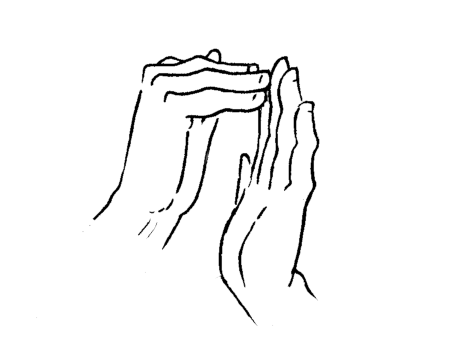
GTH a b -- bool8 Pushes 01 to the stack if the second value at the top of the stack is greater than the value at the top of the stack, 00 otherwise.
#1234 GTH ( 00 ) #3412 GTHk ( 34 12 01 ) #3456 #1234 GTH2 ( 01 ) #1234 #3456 GTH2k ( 12 34 34 56 00 )
Lesser Than

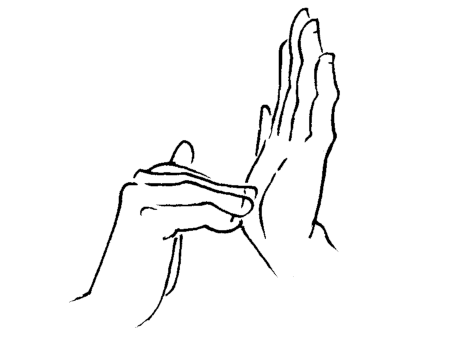
LTH a b -- bool8 Pushes 01 to the stack if the second value at the top of the stack is lesser than the value at the top of the stack, 00 otherwise.
#0101 LTH ( 00 ) #0100 LTHk ( 01 00 00 ) #0001 #0000 LTH2 ( 00 ) #0001 #0000 LTH2k ( 00 01 00 00 00 )
Jump

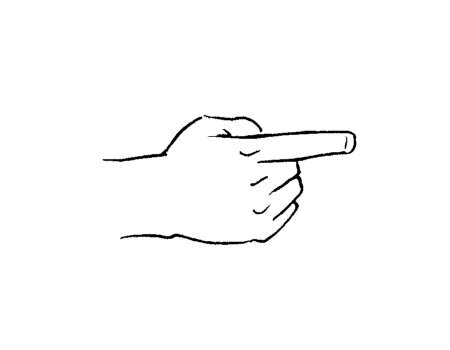
JMP addr -- Moves the PC by a relative distance equal to the signed byte on the top of the stack, or to an absolute address in short mode.
,&skip-rel JMP BRK &skip-rel #01 ( 01 )
Jump Conditional

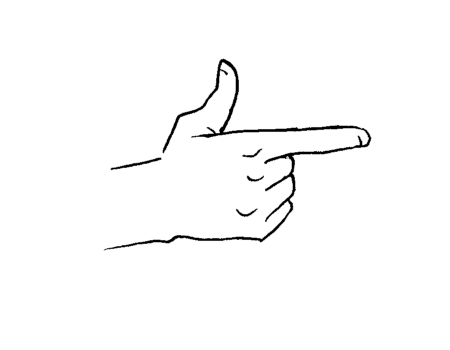
JCN cond8 addr -- If the byte preceeding the address is not 00, moves the PC by a signed value equal to the byte on the top of the stack, or to an absolute address in short mode.
#abcd #01 ,&pass JCN SWP &pass POP ( ab ) #abcd #00 ,&fail JCN SWP &fail POP ( cd )
Jump Stash Return

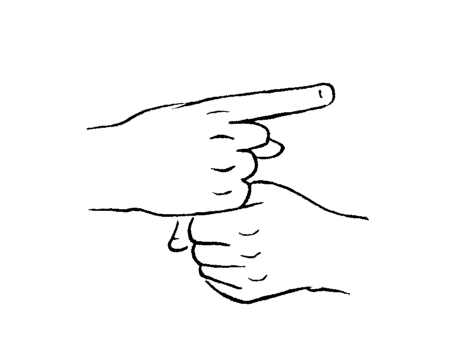
JSR addr -- | ret16 Pushes the PC to the return-stack and moves the PC by a signed value equal to the byte on the top of the stack, or to an absolute address in short mode.
,&routine JSR ( | PC* ) ,&get JSR #01 BRK &get #02 JMP2r ( 02 01 )
Stash

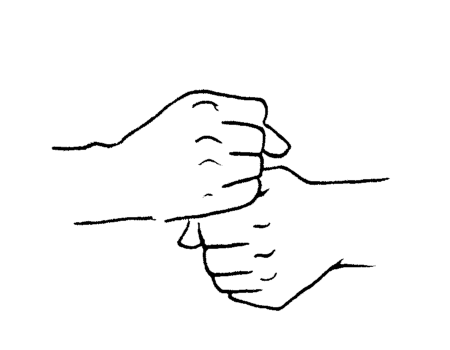
STH a -- | a Moves the value at the top of the stack to the return stack. Note that with the r-mode, the stacks are exchanged and the value is moved from the return stack to the working stack.
#12 STH ( | 12 ) LITr 34 STHr ( 34 )
Load Zero-Page

LDZ addr8 -- value Pushes the value at an address within the first 256 bytes of memory, to the top of the stack.
|00 @cell $2 |0100 .cell LDZ ( 00 )
Store Zero-Page

STZ val addr8 -- Writes a value to an address within the first 256 bytes of memory.
|00 @cell $2 |0100 #abcd .cell STZ2 { ab cd }
Load Relative

LDR addr8 -- value Pushes a value at a relative address in relation to the PC, within a range between -128 and +127 bytes, to the top of the stack.
,cell LDR2 BRK @cell abcd ( ab cd )
Store Relative

STR val addr8 -- Writes a value to a relative address in relation to the PC, within a range between -128 and +127 bytes.
#1234 ,cell STR2 BRK @cell $2 ( )
Load Absolute

LDA addr16 -- value Pushes the value at a absolute address, to the top of the stack.
;cell LDA BRK @cell abcd ( ab )
Store Absolute

STA val addr16 -- Writes a value to a absolute address.
#abcd ;cell STA BRK @cell $1 ( ab )
Device Input

DEI device8 -- value Pushes a value from the device page, to the top of the stack. The target device might capture the reading to trigger an I/O event.
Device Output

DEO val device8 -- Writes a value to the device page. The target device might capture the writing to trigger an I/O event.
Add

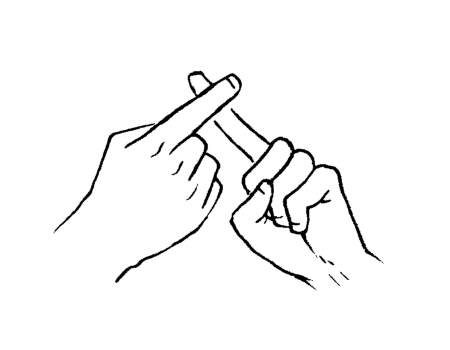
ADD a b -- a+b Pushes the sum of the two values at the top of the stack.
#1a #2e ADD ( 48 ) #02 #5d ADDk ( 02 5d 5f ) #0001 #0002 ADD2 ( 00 03 )
Subtract

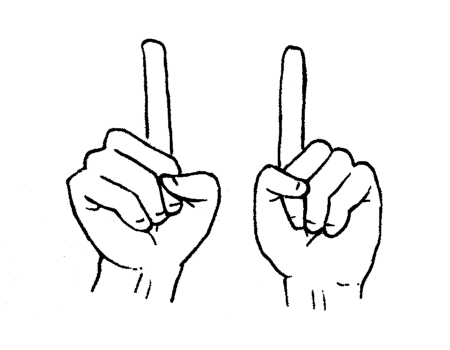
SUB a b -- a-b Pushes the difference of the first value minus the second, to the top of the stack.
#08 #03 SUB ( 05 ) #08 #02 SUBk ( 08 02 06 ) #2000 #1000 SUB2 ( 10 00 )
Multiply

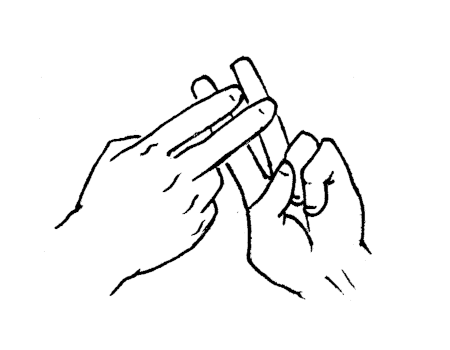
MUL a b -- a*b Pushes the product of the first and second values at the top of the stack.
#06 #02 MUL ( 0c ) #08 #02 MULk ( 08 02 10 ) #0800 #0002 MUL2 ( 10 00 )
Divide

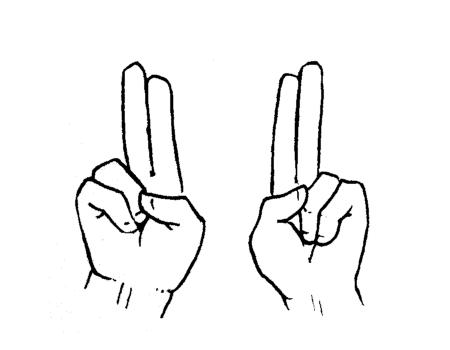
DIV a b -- a/b Pushes the quotient of the first value over the second, to the top of the stack. A division by zero pushes zero on the stack. The rounding direction is toward zero.
#10 #02 DIV ( 08 ) #10 #03 DIVk ( 10 03 05 ) #0010 #0000 DIV2 ( 00 00 )
And

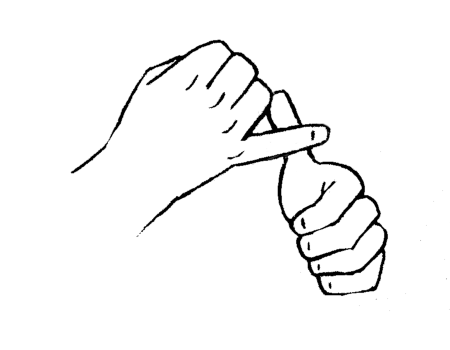
AND a b -- a&b Pushes the result of the bitwise operation AND, to the top of the stack.
#fc #3f AND ( 3c )
Or

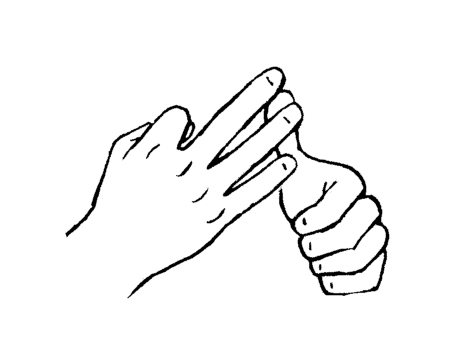
ORA a b -- a|b Pushes the result of the bitwise operation OR, to the top of the stack.
#fc #3f ORA ( ff )
Exclusive Or

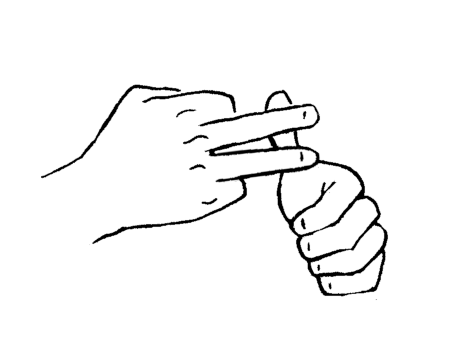
EOR a b -- a^b Pushes the result of the bitwise operation XOR, to the top of the stack.
#fc #3f EOR ( c3 )
Shift

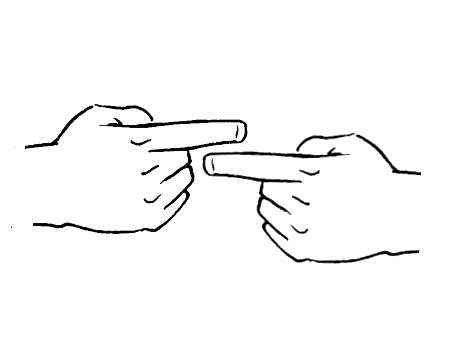
SFT a shift8 -- c Shifts the bits of the second value of the stack to the left or right, depending on the control value at the top of the stack. The high nibble of the control value indicates how many bits to shift left, and the low nibble how many bits to shift right. The rightward shift is done first.
#34 #10 SFT ( 68 ) #34 #01 SFT ( 1a ) #34 #33 SFTk ( 34 33 30 ) #1248 #34 SFTk2 ( 12 48 34 09 20 )
- Rekka Bellum, illustration
- Kira Oakley, contributor
- Ismael Venegas Castello, contributor
incoming: uxntal stacks uxntal numbers uxntal opcodes uxn devlog now lie in it 2023 2022 2021